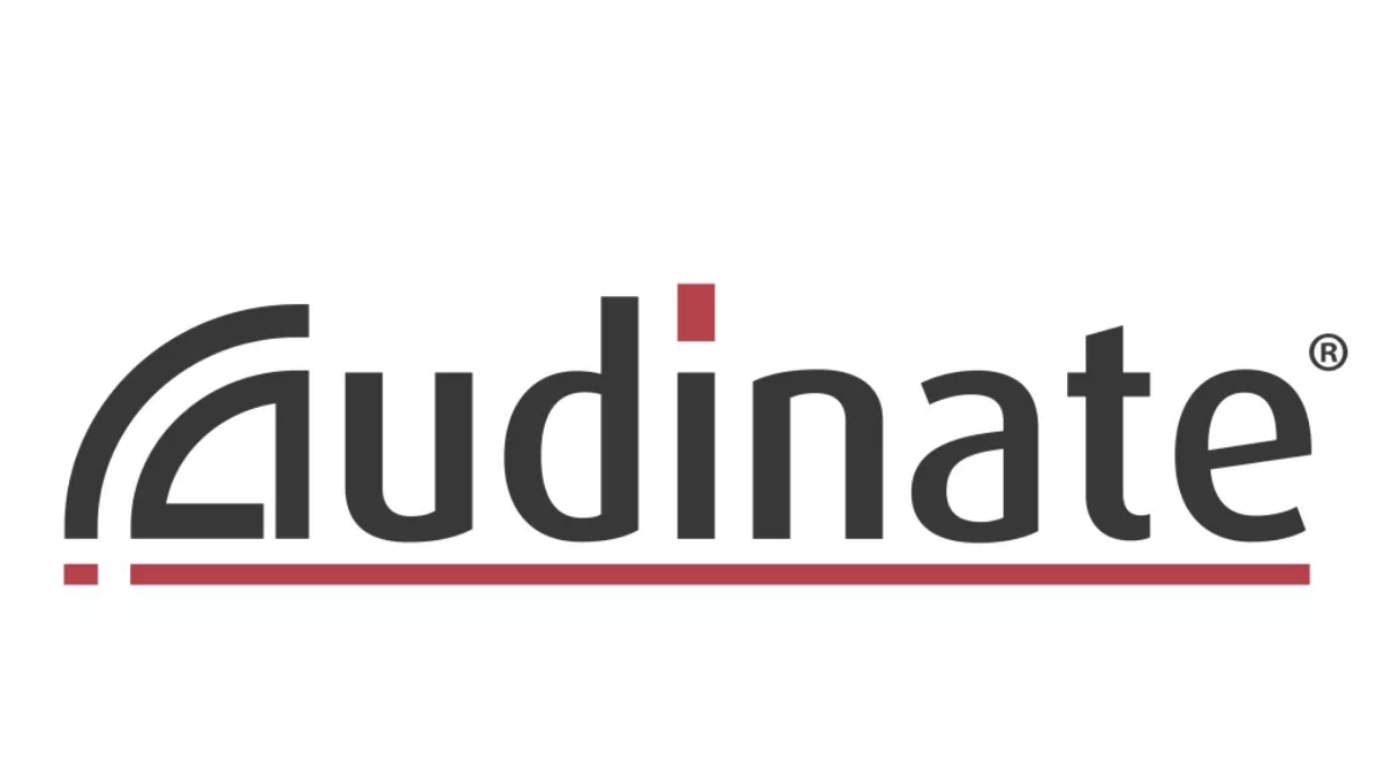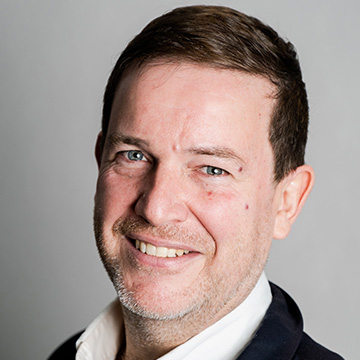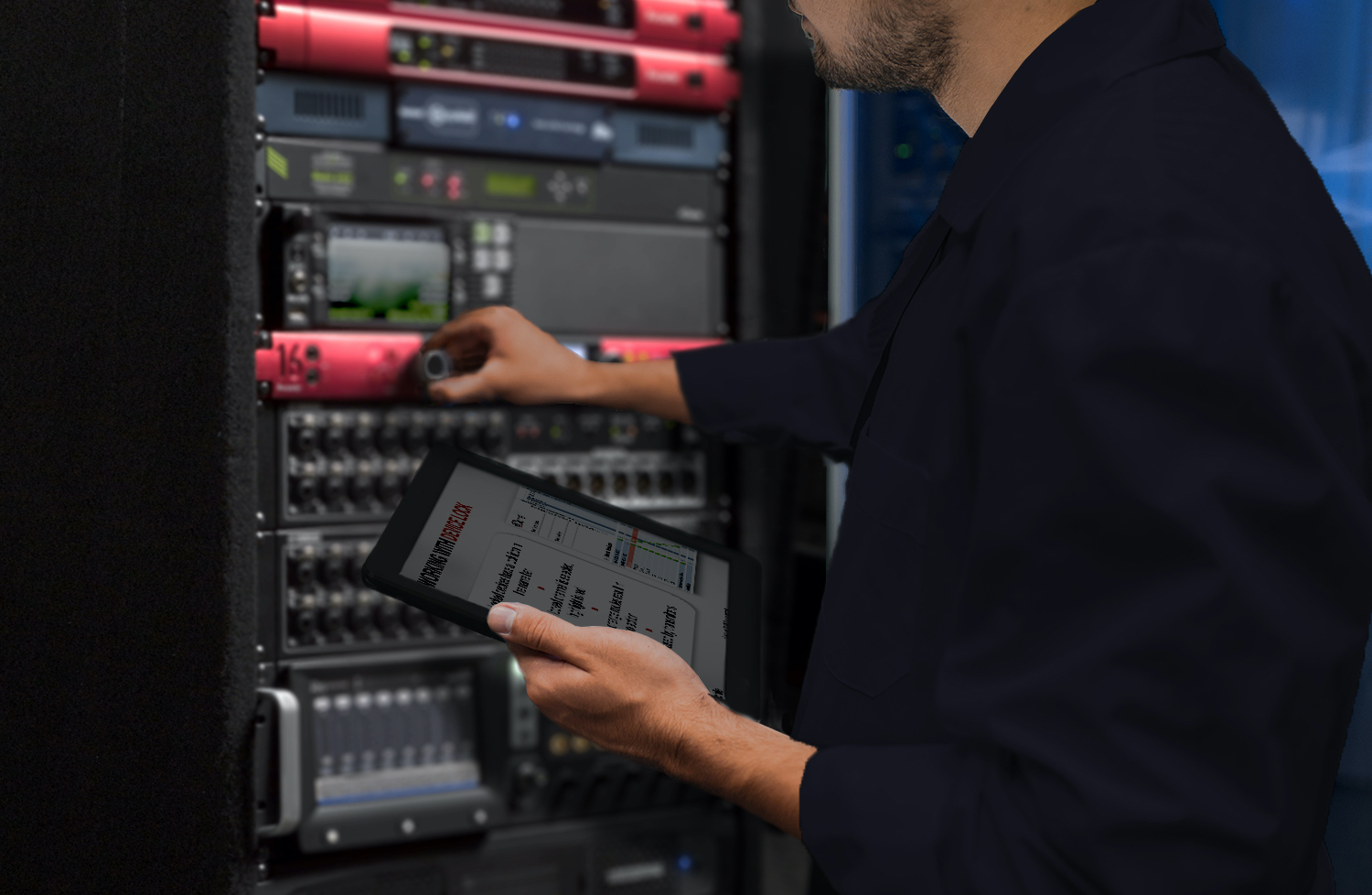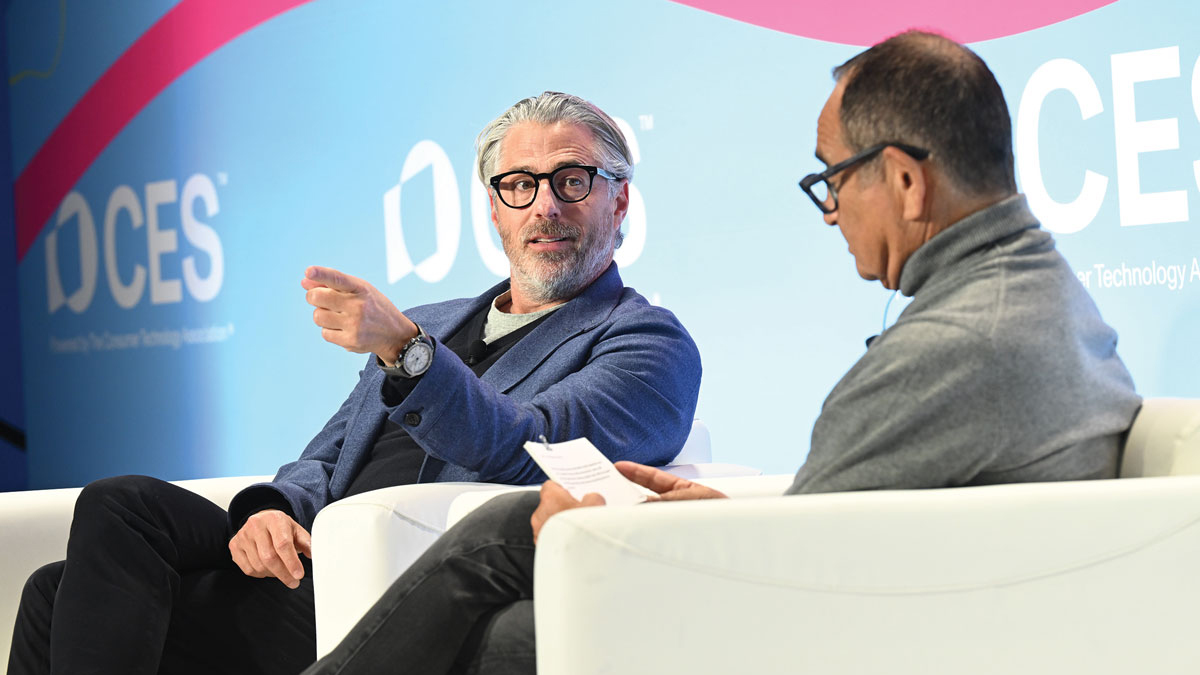Dante: An Oral History
Audinate CEO Aidan Williams recalls the company's networked audio journey.

Audinate CEO and co-founder Aidan Williams takes us through the company’s journey from a group of unknown networking professionals to an industry innovator supplying the tools almost every AV professional uses to do their job.
SCN: What sparked the idea of Dante?
Aidan Williams: The original concept behind Dante came from my own personal interest as an amateur musician. I am an [electrical] engineer, but I also play music and was involved in plug-and-play home networking. I used to work for Motorola Labs in Sydney, primarily on home networking-related technologies. The thought process really started when Motorola closed their Australian Research Center and we pitched the concept to a government R&D lab.

The thought process behind the Dante technology was as a musician, or when I did audio production, if I was recording myself, I would always have to put the signals into a computer. Anytime I wanted to record or produce music, I had to do things in software on a computer—and I needed a funky box to convert the signals from the instruments into something that the computer could use.
[Audinate, Yamaha, and Bolin Collaborate on Unified System Backed by Dante AV]
People are familiar with things like USB audio or FireWire audio interfaces, but it struck me that a lot of the musical equipment, like my keyboard, guitar effects pedals, or things like that, were all digital internally. My computer was digital, it had a network port, and the problem of distributing signals around audio and video systems was really a networking problem. To me, it made a lot of sense to connect my own work experience on plug-and-play networking and try to apply that in the space of real-time audio and video.
SCN: When did Dante launch and what was the initial response?
A daily selection of the top stories for AV integrators, resellers and consultants. Sign up below.
AW: We launched in 2006 and our first customer was Dolby with their Lake Processors. Dolby had a live sound processing company at the time, so I think people were very interested in Dante, but there were several other technologies that were out there as well. I think the reaction was very much: Wow, this is cool, this is the wave of the future—but we're not really sure which one's going to win. So, I think people were quite cautious about not betting on the wrong horse.
Dante was designed by people that really know networking in order to achieve the kind of performance that's necessary to make plug-and-play live audio and video work properly.
Aidan Williams, Audinate CEO
I often use this analogy of the invention of the telephone. Alexander Graham Bell invents the telephone and then tries to sell you the telephone and you go, "Well, who can I call?" The answer is nobody. Nobody else has a telephone. The great thing about the Dolby Lake Processor is that Dante made sense within that product, because you could use a bunch of Dolby Lake Processors around a stadium and it worked. It made sense in that context.
As you sell telephones, those first few telephones are very hard to sell. It was hard work getting people on board, but eventually a time comes where enough people have telephones. When we approach customers now, it’s a bit like present day where the telephone system exists, so there’s lots of people you can call.
Originally, there was a bunch of really early customers who bet on us from a technology point of view and built products around our technology. They were the brave people, the pioneers who were prepared to take a bet on a little company from Australia with a technology.
SCN: Why does Audinate consider itself a networking company first?
AW: I think it's to differentiate ourselves from a bunch of people in the industry who are really audio people who have had a crack at networking—and then develop solutions which don't really mesh very well with what's needed from a networking perspective. My co-founders, they have Ph.D.s in networking and computer science and things like that. They may play music, but they're not fundamentally audio or video people. They're genuinely networking people.
[Audinate Navigates Supply Chain Issues]
What it really means for us is that Dante was designed by people that really know networking in order to achieve the kind of performance that's necessary to make plug-and-play live audio and video work properly. We applied a huge amount of know-how from the networking side to solve the problem properly. We have brought expertise from outside the Pro AV industry and brought that into the Pro AV industry. We have a love of audio and video, but our professional lives originally were in networking and software.
SCN: Dante has become almost ubiquitous as an industry term rather than a brand, but what does Dante actually do?
AW: Fundamentally, Dante provides a kind of virtual wire that allows audio and video equipment to be connected together using the existing IT structure that's in a building. Rather than the typical case in the industry, where people come in and run a special audio and video wire, Dante distributes audio and video signals across a standard IT network.

Another one-liner I have about Audinate—or Dante—is that it sells interoperability to the Pro AV industry, because we provide all the nuts and bolts and plumbing that's needed for brands to actually connect their products together using a standard IT infrastructure. We solve a whole pile of technology problems to make the networking work, so when manufacturers plug their device into a network, it will interoperate. I think we're very aligned with what end users want, because end users want to be able to buy a product from any manufacturer and then link it together.
If I were to fast forward five years, I would also say Dante is the transformational technology for the future of AV. I think nobody really thinks that AV systems are going to stay wired together with point-to-point analog cables or HDMI. If you think 5-10 years down the track, everybody thinks these things are going to be networked, so we’re also providing that role of enabling a transition to proper networking in the industry.
SCN: Who benefits from Dante?
AW: Anybody installing an AV system would benefit from using Dante. There's a whole series of immediate quality reasons in terms of higher quality audio and video, lower costs in terms of installation, that type of thing. But one of the properties of networking is that it makes it very easy to grow systems—and AV systems incrementally grow over time.
I think the other piece is that it enables management of networks or management of AV systems in a way that hasn't existed previously. Our products like Dante Domain Manager are really aimed at making life easier for the Pro AV person. They can be on top of a number of installations and troubleshoot remotely to get warnings of when things are going wrong, as well as support and maintain AV systems. I think AV systems are going to grow, and we need more tools of that variety. That’s really part of the package of Dante. It’s not just a wire replacement; it’s the tools that help AV professionals do their job.
SCN: How much growth has Audinate seen as a result of Dante?
AW: Our growth has been very strong. We’ve got almost 500 manufacturers signed up now using Dante and there are 3,300 products on the market. I think where we would typically see hundreds of products launched in the last few years at trade shows, company wise we've been growing at anywhere between 20-30% per year. We have been growing strongly, notwithstanding recent speed bumps associated with pandemics and chip shortages. I think the market is definitely ready for networking technology, and I think it's up to us to continue to provide lower-cost solutions to get into broader ranges of products, and I think we can do that.
SCN: What are some recent advances in Dante audio technology?
AW: I think the recent advances are trying to remove friction around getting Dante audio technology. At the ISE trade show recently, we showcased Dante Ready. This is a way of a manufacturer incorporating Dante functionality into a product without having it activated, and letting those customers that need Dante turn it on after purchase.
To distribute video signals using Dante is more of a difference in degree rather than a totally new technology, because we solved a lot of the synchronization latency and performance issues to handle audio.
Aidan Williams, Audinate CEO
K-Array has a small amplifier. Dante software functionality is present in that amplifier and can be activated by an end user when they need it. The use of software to implement Dante is a really big deal, particularly in the audio world, because it allows manufacturers to get rid of chips from their products, which is really important at the moment.
As manufacturers, the fewer chips that you have to source, the fewer chip shortages you’re exposed to in terms of building products. Audinate is not a chip manufacturer. We use off-the-shelf merchant silicon to deliver our Dante solutions. So, to the extent where we can share a chip with the manufacturer, that's a saving to the manufacturer and the end user. Those ways of delivering Dante in software form are key strategic shifts and innovations going forward.
SCN: Moving from audio to video, what prompted Dante to enter the video space—and how has the industry responded?
AW: The major impetus was actually integrators. They would say things like, “I really love Dante audio, but I have this video stuff in my system, and can you please just make the video products connect together in the same way as Dante audio products do?” The integrators wanted to have a single management interface for the signal wiring of an AV system and the management of those products.
[Audinate Group Joins PAMA Organization]
A lot of the networking technology that we've invented is equally applicable for the sending and receiving of video signals. To distribute video signals using Dante is more of a difference in degree rather than a totally new technology, because we solved a lot of the synchronization latency and performance issues to handle audio. It's true that video signals have more data and they have a higher bandwidth, but fundamentally, the networking technology is very similar. To us, it was a natural evolution of the audio technology.
In terms of adoption, I think there's plenty of interest in Dante video. Manufacturers haven't had the easiest time putting new products to market at the moment, and that’s affected some of the launching of Dante video products. Many manufacturers are fighting battles to keep their existing products shipping, so their engineering teams are busily working on all products and trying to keep them shipping.
SCN: Now the question everyone wants answered: What’s next for Dante?
AW: The big thing that's next for Dante is really around connecting AV devices properly to the internet at large. Perhaps what’s surprising about going to an InfoComm or ISE is you would think there would be more conversation about IoT and AV than there actually is. I think we're in a unique position to be able to connect Dante devices, which are inherently networked, and be able to facilitate the connection of those things to the internet and provide a kind of IoT platform for AV devices. Within the next decade, the very definition or expectation of an AV device will be that it will be managed via the Internet. I think we need to provide the kinds of tools that manufacturers, and particularly installers and managers of AV systems, need to enable that transition to take place.
Jennifer is a freelance writer and marketing consultant based in the New York City area. Within the AV industry, Jennifer loves to explore how technology can alter the world around us, creating immersive experiences unlike any other. She has years of experience working with AV integrators, manufacturers, and event production companies in developing engaging content to increase their overall awareness.

